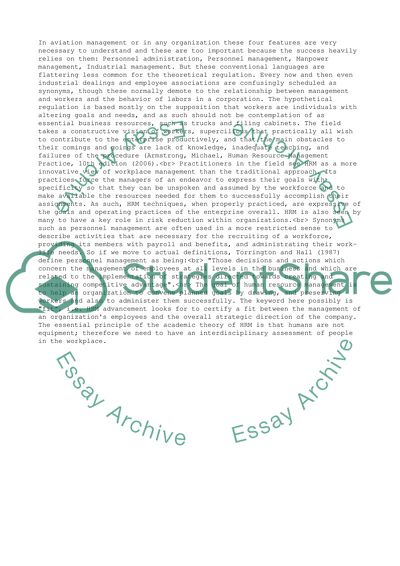Cite this document
(“Managment in Aviation Case Study Example | Topics and Well Written Essays - 2250 words”, n.d.)
Retrieved from https://studentshare.org/business/1525384-managment-in-aviation
Retrieved from https://studentshare.org/business/1525384-managment-in-aviation
(Managment in Aviation Case Study Example | Topics and Well Written Essays - 2250 Words)
https://studentshare.org/business/1525384-managment-in-aviation.
https://studentshare.org/business/1525384-managment-in-aviation.
“Managment in Aviation Case Study Example | Topics and Well Written Essays - 2250 Words”, n.d. https://studentshare.org/business/1525384-managment-in-aviation.


